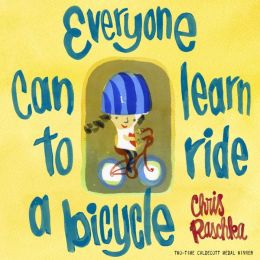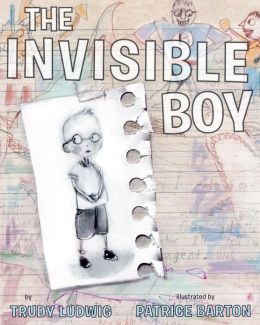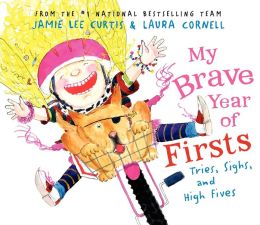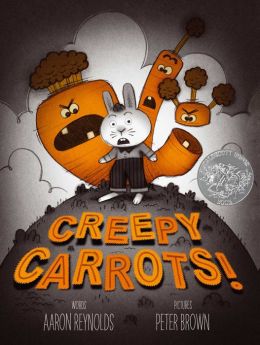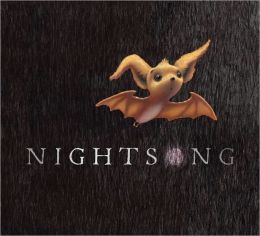 |
| Picture via @DarbyCreekElem |
In my new role as a reading intervention teacher, it would be easy to get caught up in collecting data in these first days of school. When teachers see me coming, I think they expect that I want to know something concrete or I've come to collect it. Nothing could be further from the truth. Honestly, the end of year data from last year gives me the perfect place to begin. It would be easy in today's world of testing to rush right in, but I want to slow down. Young literacy learners need time to get back to what they know. They need time to learn new routines, find their places in their learning communities, and reacquaint themselves with their favorite books. They need time to tell their new stories and time to learn the stories of their friends. They need time to feel safe in this new place they'll learn and grow.
Stepping Inside
Quietly opening the door to the first grade classroom I step inside trying to not attract attention. The students have seen me come in and out a few times already, and are getting used to my arrival, giving it little attention. It's hard to believe these first graders have been in school for less than a week. It's writer's workshop and these writers are working hard on their stories as music softly plays in the background.
Though I came in the classroom to focus on a few of the students I will likely work with in the coming school year to provide extra reading support, I also want to get to know the class. I glance around to see where the students I have come to sit beside are working, but my plan is to move around the room. I soon notice Kelsey sitting with an empty paper in front of her. Though the kids around her are confidently drawing their stories, adding color to their illustrations, and attempting simple sentences, she is just sitting. I ease my way in her direction, chatting with a few writers along the way, and ask how it is going. "Is it writer's workshop?" I inquire. "Yes," she replies.
"What story are you going to tell today?" hoping that will set her up to tell me something. She only shrugs and then rests her chin on her hand. By the appearance of the papers in front of the friends around her, I would guess today's workshop is well underway. I wait for a bit to see if she is going to add anything, but silence fills the air. Finally I offer, "There are so many things we don't know about you yet. What do you want your friends to know about you?" She shrugs again. We chat for a bit as I try to get to know her and listen for a story. As she begins to talk about her dog, a smile finally shines across her face. I think we've found her story for today. She decides to write about her dog, but quickly stops as her pencil nears the paper. I can tell she isn't sure what to do to tell her story. "Do you want to add words or draw a picture first?" I ask.
"Draw a picture," she affirms to me and herself, but she continues to hesitate. "I don't know how to draw a dog," she confides.
"I always think about the shapes first," I tell her and together we work through getting started.
In these first days, I not only want to get to know students as readers, writers, and learners, but I want to get to know them as the people they are. I want to build rapport with students, but most of all I want them to know they can trust me to help them when they need it.
In these first days, my goals are simple:
- Get to know them. Likes, dislikes, interests, hobbies, family.
- Learn their stories.
- Notice what they choose to read.
- Celebrate what they already know.
- Discover the strategies they use as they read, write, and learn.
- Compare current performance to last year's end of year data.
- Determine their comfort with risk.
Knowing Them
It would be easy to rush to collect data and push leaners toward next steps, but there will be time for that. These days are foundational in building for the important work we will do across the year. There will be time to take next steps, set goals, stretch as learners, but for today I want to slow down and get to know them.








